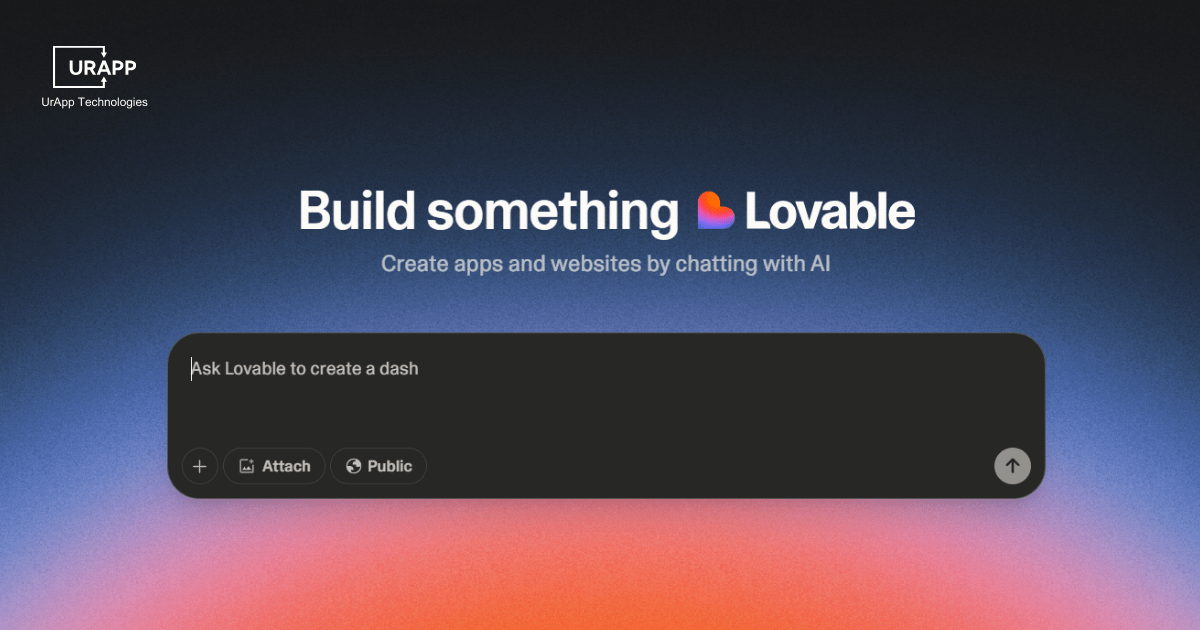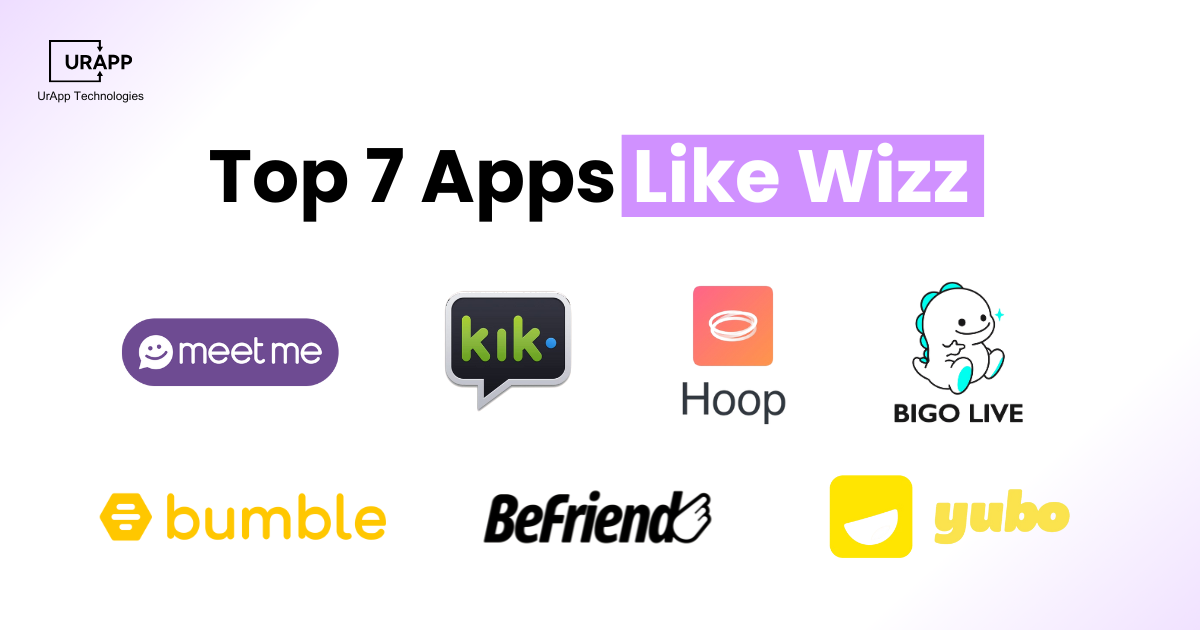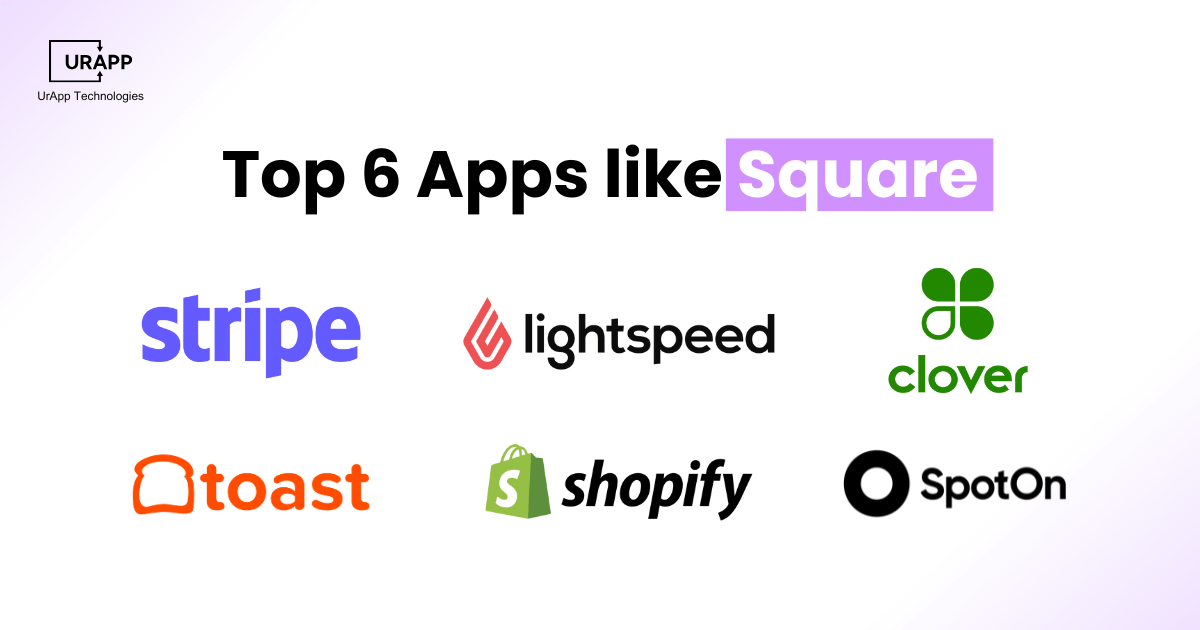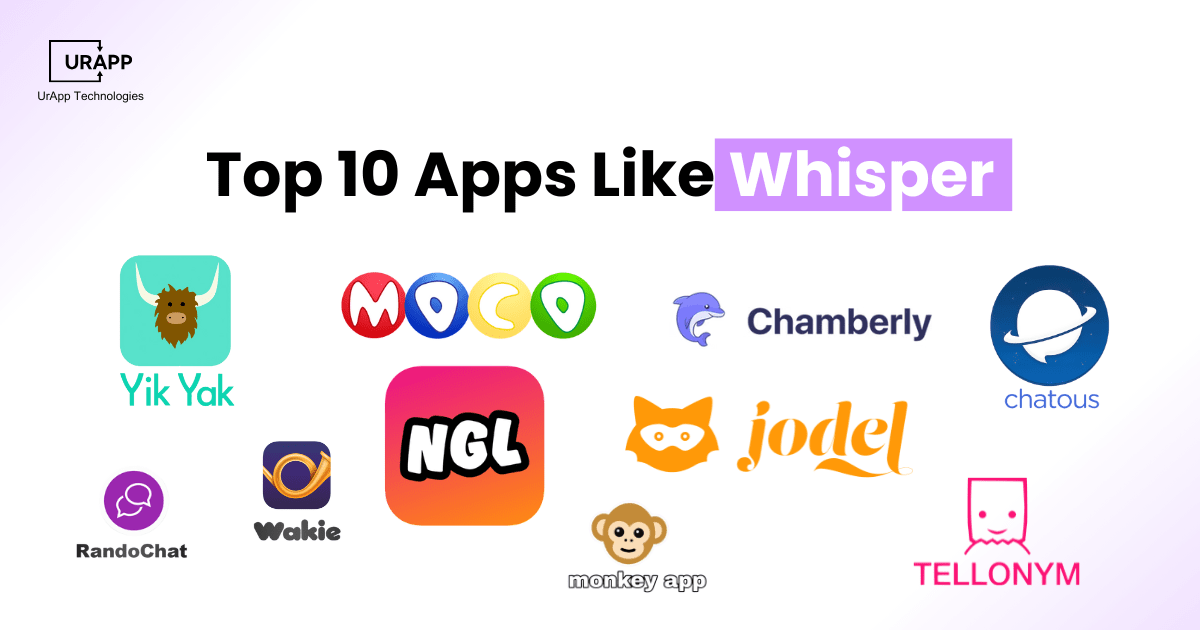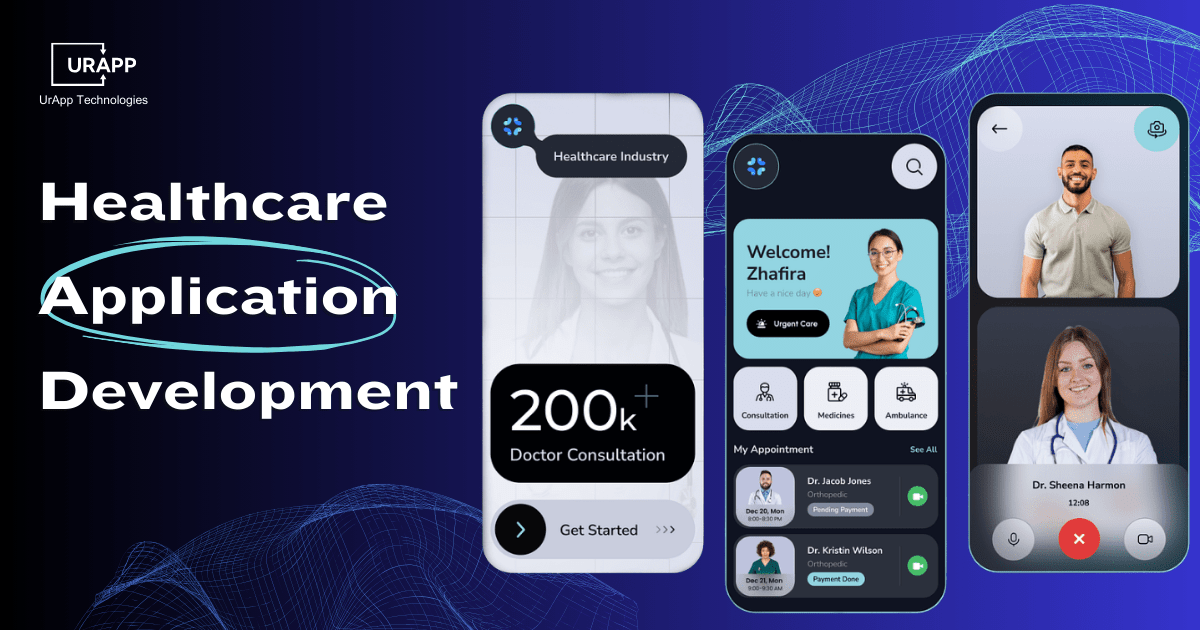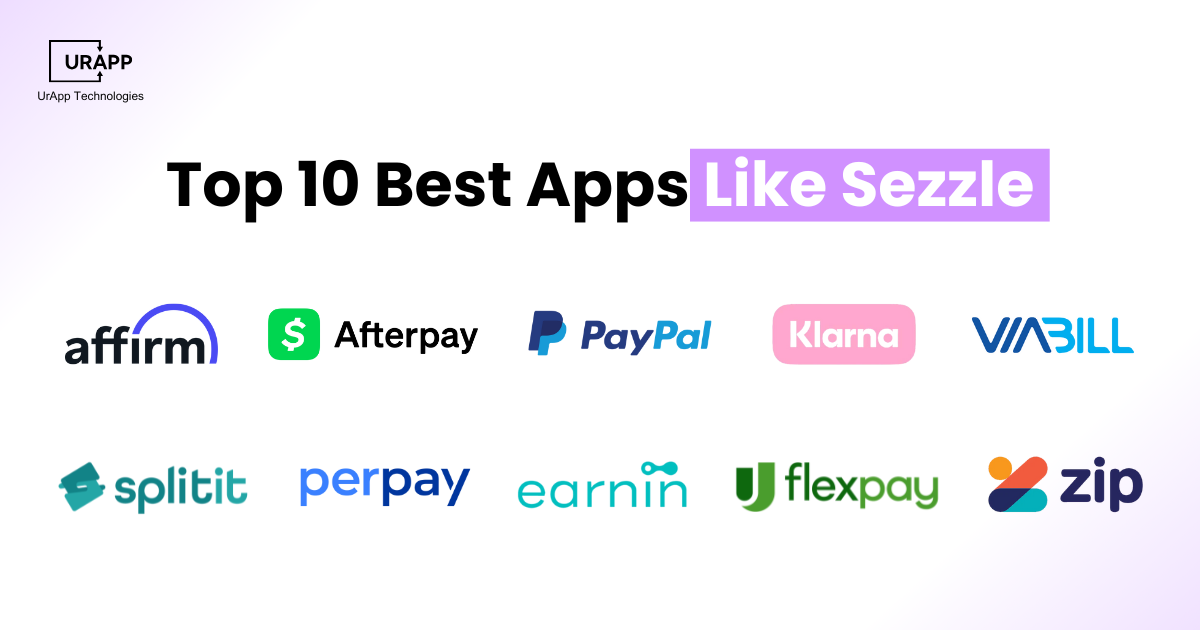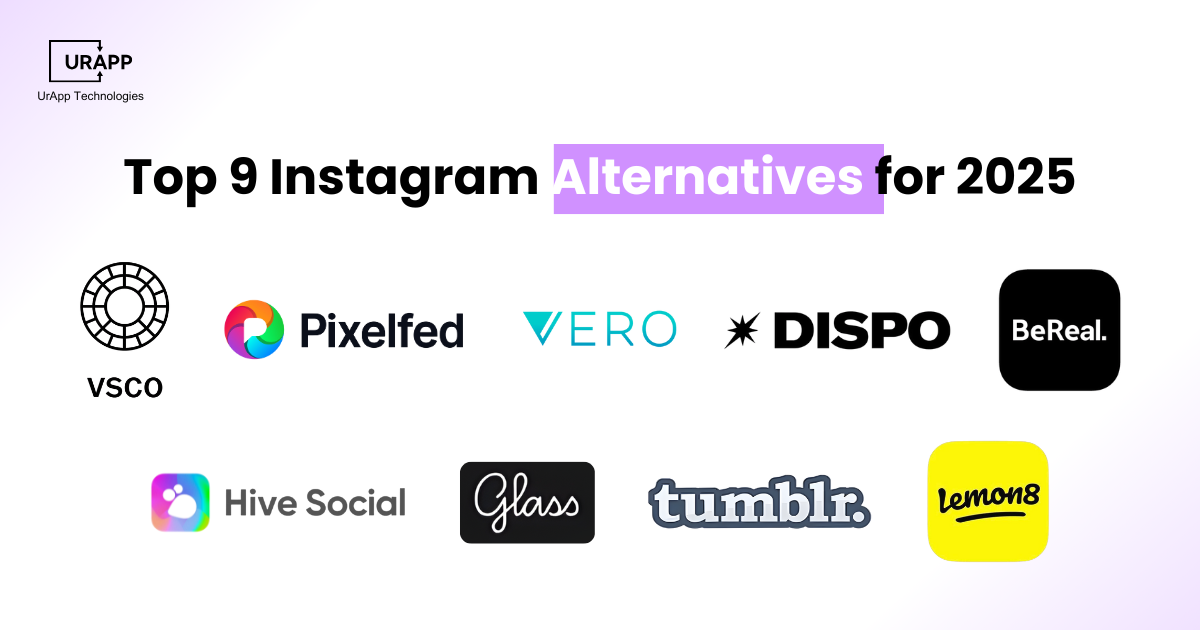The Ultimate Guide to Lovable Vibe Coding in 2025
Key Takeaways
- Anton Osika, introduced lovable vibe coding as a new approach to application development..
- Unlike traditional coding, vibe coding enables rapid prototyping for startups and non-technical founders.
- The global app market is projected to hit $781.70B by 2029 (Statista), making fast monetization models more valuable.
- AI tools struggle with scalability and compliance; real developers remain essential for optimization and approvals.
- The strongest approach combines AI-driven prototypes with skilled hybrid teams to cut costs and scale apps effectively.
What is Lovable Vibe Coding?
Lovable vibe coding is a new approach to application development introduced by Anton Osika. It shifts from code-driven processes toward natural conversation, letting users describe ideas in plain words while AI creates working apps. The concept emphasizes creativity and innovation by reducing technical barriers for those without programming knowledge.
Turning an idea into an app often feels simple at first but quickly becomes complex. Buttons fail, data disappears, and features break. Lovable vibe coding in 2025 solves this by making development faster and simpler, especially for non-technical founders.
This guide explains how lovable vibe coding works, where it helps, and where it fails. It also highlights revenue opportunities, competitive advantages, and why expert developers remain vital. By the end, you will understand how to move from an AI-built prototype to a market-ready app.
How Lovable Vibe Coding Works?
Lovable vibe coding introduces a fresh way to create apps with very little effort and maximum clarity. This approach focuses on natural language inputs where users describe features, layout and overall look without the need to write a complex code. Therefore, lovable vibe coding offers simplicity that both beginners and professionals appreciate equally.
Step-by-Step Process
First, a user describes features and design preferences in plain words. For example, a request could be “I want a fitness app with meal tracking and a clean design.” Then, the lovable vibe coding tool interprets the description and generates a ready-to-test prototype within minutes.

Next, the user reviews the prototype and requests modifications. Therefore, the lovable vibe coding tool reduces delays and empowers non-technical users to build their ideas easily. Finally, with the refined prototype, developers can polish advanced functions and release a complete app. This entire cycle saves time and reduces development costs.

Accessibility and ease
The greatest strength of vibe coding lovable is accessibility. Unlike traditional coding, this process allows non-technical users to express their ideas clearly. Business owners, marketers and educators describe goals in simple language without technical barriers. As a result, they actively participate in app creation.
With accessible solutions like lovable vibe coding, businesses without technical expertise can join this fast-growing market and build apps confidently.
Comparison of Traditional vs Lovable Vibe Coding
|
Feature |
Traditional App Development |
Lovable Vibe Coding |
|
Technical knowledge required |
High, coding expertise needed |
Low, plain descriptions work |
|
Prototype generation |
Weeks to months |
Minutes |
|
Accessibility |
Limited to developers |
Open to all users |
|
Cost |
Expensive with large teams |
Affordable for small businesses |
|
Time to market |
Long development cycles |
Fast release cycles |
Low-Code Vs No-Code Vs Lovable Vibe Coding
Three common choices usually emerge when companies consider contemporary development approaches. Lovable vibe coding, low-code and no-code platforms all have their own pros and cons.
Loving vibe code is usually used by startups due to its simplicity, yet low-code is desired by businesses due to scaling. No-code on the other hand attracts non-technical entrepreneurs due to drag and drop simplicity, though it fails when projects have specific workflows or need to be connected to an enterprise.
Comparison Table:
|
Factor |
Lovable Vibe Coding |
Low-Code Platforms |
No-Code Platforms |
|
Ease of Use |
Uses plain language to build apps with AI support |
Requires some coding skills alongside visual tools |
Drag-and-drop interface with zero coding |
|
Target Users |
Non-technical founders, SMBs, startups |
Developers, IT teams, medium to large businesses |
Entrepreneurs, hobbyists, small startups |
|
Development Speed |
Very fast prototype creation within minutes |
Faster than traditional coding but slower than AI-based tools |
Quick for simple apps, limited for complex ones |
|
Customization |
Limited for advanced logic without developer input |
Moderate customization possible with coding knowledge |
Very limited customization beyond templates |
|
Scalability |
Moderate, requires developer support for enterprise apps |
High scalability with proper architecture |
Low scalability, struggles with growth |
|
Cost |
Medium cost (AI tools plus expert developers) |
Medium to high depending on team size |
Low initial cost but scaling increases expenses |
|
Error Handling |
Prone to hidden bugs, requires expert validation |
Developers can resolve errors effectively |
Limited error management and debugging |
|
Best Fit |
Rapid MVPs, startups testing ideas quickly |
Enterprises needing faster delivery with technical input |
Simple apps, prototypes, or non-critical solutions |
Lovable Vibe Coding Revenue:
Faster App Creation Driving Market Growth and Lovable’s $1 Billion ARR Ambition
The demand for apps rises every year and vibe coding boosts revenue because developers build much faster. With reduced development cycles, businesses move quickly from concept to launch, which shortens timelines and lowers costs.
Statista highlights that total app market revenue is projected to reach US$781.70bn by 2029, showing huge opportunities worldwide. Lovable aims to hit $1 billion annual recurring revenue within twelve months, growing by $8 million ARR every month. Speaking on Bloomberg TV, CEO Anton Osika emphasized that the company consistently adds at least $8 million ARR monthly.
Faster App Creation and Market Growth
The demand for apps rises every year and lovable vibe coding revenue grows because this approach allows developers to build faster. With reduced development cycles, businesses move quickly from concept to launch. This efficiency shortens timelines and lowers costs. Statista highlights total revenue in the App market is projected to reach US$781.70bn by 2029. Faster creation allows businesses to capture larger shares of this diverse market.

Opportunity for Entrepreneurs
Entrepreneurs benefit the most because lovable vibe coding helps them move ideas from imagination to real products with speed. A quicker launch means they test markets faster and reduce financial risk. In competitive industries, a fast rollout ensures customer attention before rivals. Many small businesses fail due to delayed entry. This approach gives them an edge and supports innovation. Access to expert Mobile App Development Services further strengthens the launch process.
Monetization Possibilities
Lovable vibe coding revenue also expands through strong monetization opportunities. Subscriptions give businesses recurring income and build long term stability. Ads provide scalable growth for free apps while premium features encourage customers to spend more. This balance lets startups maximize every revenue stream. For instance, unpaid gaming apps often earn millions from ads and In app purchases. Entrepreneurs who apply these models build solid business foundations with wide consumer appeal.
Why Startups Adopt this Approach
Startups adopt lovable vibe coding platforms because they reduce entry barriers. A small team develops functional apps without heavy resources. Speed to market remains important for survival and this method ensures it. With lower investment needs, startups reserve funds for marketing and customer growth. As industries evolve, these startups adapt quickly. In this way, lovable vibe coding revenue continues to grow and create more opportunities for innovators worldwide.
Monetization Models and Benefits
|
Monetization Model |
Key Advantage |
Example Industries |
|
Subscriptions |
Stable recurring income |
Fitness apps, streaming apps |
|
Ads |
Revenue without charging users |
Games, news apps |
|
Premium Features |
Higher customer value |
Productivity apps, design tools |
|
In-app Purchases |
Strong growth from engaged users |
Gaming, e-commerce apps |
Competitive Advantages Lovable Vibe Coding Offers
Cost efficiency for startups
-
Startups need affordable methods that reduce expenses and help create functional apps faster.
-
Lovable competitive advantages vibe coding cut costs because it minimizes the developer hours and reliance on expensive teams.
-
With lovable vibe coding, startups save funds that strengthen marketing, growth and user acquisition while keeping resources focused. Lower costs open opportunities for small ventures and help compete with bigger firms.
Quicker iterations and prototypes
-
Another lovable competitive advantage vibe coding delivers is faster prototyping that saves time and validates ideas early.
-
Traditional development may take months, but vibe coding helps founders test concepts in weeks.
-
Iterations become easier because changes require less technical overhead. As per Statista, 43 percent of businesses fail without early market validation.
-
Quicker adjustments improve survival chances. This advantage gives entrepreneurs confidence while avoiding wasteful cycles common in conventional projects.
Reduction in technical entry barriers
-
One of the biggest lovable competitive advantages vibe coding creates is its ability to reduce technical barriers.
-
Entrepreneurs without coding expertise can still build functional apps with AI driven tools.
-
This allows visionaries to focus on the business model without the need to handle code complexity. Many founders delay projects because they lack technical partners.
-
Vibe coding removes this obstacle and promotes inclusivity. As a result, broader communities access innovation and increase entrepreneurial opportunities across industries globally.
Ability to focus on business ideas
-
Lovable vibe coding helps innovators place energy into business ideas rather than complex code. It helps businesses focus on customer experience, monetization and scalability.
-
It reduces the technical distractions and allows better alignment with sustained strategies. More and more startup founders prefer to make business growth a top priority instead of technical work.
-
This alignment enhances operational clarity. Moreover, improved attention leads to better lovable vibe coding revenue potential and sharper market position.
Contrast with traditional development cycles
-
Traditional development cycles demand bigger budgets, larger teams and longer delivery times. In contrast, vibe coding simplifies workflows while reducing risks.
-
Conventional methods require technical experts and testing cycles that drain time and resources. Meanwhile, vibe coding shortens the path between concept and launch.
-
This difference makes it particularly effective for startups competing in fast markets. Therefore, the flexibility it provides becomes a game changer when compared with traditional approaches still dominant today.
Challenges AI Tools Face
Complex Features Create Hidden Issues
- Many apps look simple but require advanced logic for smooth execution. Buttons fail, data disappears and user journeys collapse under pressure. Even the best lovable vibe coding platform struggles when complexity increases.
- Users face broken workflows and limited customization options. These issues raise frustration and demand stronger expertise. Therefore, if you depend only on automated systems, it causes critical flaws that hurt future success of the project.
Limits of Customization in AI Platforms
-
A lovable vibe coding tool allows basic prototypes, yet complex demands remain unmet. Enterprise level solutions need scalable structures that no-code systems cannot deliver.
-
According to Statista, 19 percent of no-code projects fail due to poor customization as they lack to be competed. Businesses risk errors when workflows demand unique functions. Advanced features like real-time updates and secure APIs highlight the gap. Consequently, professional developers become necessary for stability and growth.
Need for Human Expertise in Development
- When projects expand, teams require real developers to refine details. A vibe coding lovable system won’t be able to minimize mobile app development mistakes. Developers manage deep integrations, resolve bugs, and ensure apps meet user demands. Without expert support, ambitious projects collapse.
- Moreover, automated platforms fail in industries like finance or healthcare where accuracy matters. Businesses must understand these limits or face setbacks.
AI Tools vs Developer Role
|
Factor |
AI-based Tools |
Real Developers |
|
Complexity Handling |
Manage basic features only |
Solve advanced, multi-layered functions |
|
Customization Level |
Limited design and workflow options |
Tailored solutions for business needs |
|
Error Resolution |
Struggle with unexpected logic failures |
Identify and fix bugs quickly |
|
Scalability |
Restricted scalability in enterprise projects |
Design for long-term stability and growth |
|
Security Standards |
Basic encryption only |
Compliance with strict regulations |
Why Developers Still Matter
-
Statistics show that global lovable vibe coding adoption has increased, but expert input remains irreplaceable. Developers bring vision, precision and problem-solving skills.
-
They transform prototypes into robust solutions that scale with business needs. Automated platforms provide shortcuts, yet shortcuts never build foundations.
-
For advanced apps, a hybrid approach works best. AI tools support prototypes, while developers craft polished systems. This balance saves costs and ensures dependable outcomes.
Why Your App Does Not Work as Imagined?
Apps look good in theory but fail in practice
Many apps fail after launch because practical use is different from planned ideas. Assumptions about users rarely match reality. Therefore, expert development teams must test apps in actual environments to uncover hidden flaws. With lovable vibe coding, developers can align ideas with real needs. Yet, theory without evaluation often leads to results that affect user trust and app quality.
Issues with workflows, databases and integrations
-
Unexpected issues with workflows, databases and integrations often break app performance.
-
For example, poor database queries slow down loading speeds. Furthermore, weak integrations block smooth functionality between modules. Such problems reduce customer satisfaction and increase churn rates. With MVP Development Services, teams validate early structures before scaling.
-
Proper planning prevents recurring breakdowns that affect usability. Each issue demands attention before a final version enters the market.
Why bugs and errors appear after app development.
-
Errors appear because automated generation misses unique logic or hidden dependencies. A lovable vibe coding tool simplifies development, yet it cannot replace the role of Mobile App Performance Testing Tools.
-
For instance, minor errors grow when ignored in early reviews. Therefore, if you pick them out at prototype stage, it will avoid greater problems later. Bugs often damage experience, delay launches and increase costs.
-
Careful planning ensures smooth execution, minimal rework and reliable product delivery across markets.
Importance of user testing and bug fixing
-
User testing highlights problems overlooked by developers. It provides feedback on navigation, speed and reliability.
-
With this insight, teams improve apps significantly. Additionally, bug fixing saves future maintenance costs and strengthens stability.
- Data from Statista shows almost 48 percent of users uninstall apps due to crashes. Hence, thorough testing ensures quality. Moreover, sustainable lovable vibe coding revenue depends on long-term usability, customer trust and consistent product performance.
The Role of Professional Developers After Vibe Coding
Businesses adopt a lovable vibe coding tool to create applications faster with AI. However, the need for skilled developers still exists strongly. Professional expertise ensures an application meets technical, design and compliance standards and delivers growth in future.
Developers Ensure Bug Resolution and Stability
-
Applications built with a lovable vibe coding platform may still contain hidden issues. Developers find bugs, fix errors and improve stability.
-
This work requires skills to brainstorm the app and technical knowledge that automated platforms cannot fully replace.
Developers Optimize Performance for Users
-
Performance decides user satisfaction and retention. Developers enhance speed, responsiveness and resource usage for better experiences.
-
A lovable vibe coding setup provides structure, but expert developers refine it further for smooth performance across devices and platforms.
Developers Prepare Apps for Launch Requirements
-
App distribution requires strict compliance. For instance, Apple App Store and Google Play Store demand security, functionality and design standards.
-
Developers meet these requirements to ensure approval. Businesses benefit from developer expertise when moving from prototype to launch.
Developers Support Scalability and Future Growth
-
Growth requires updates, new features and technical upgrades. Developers make systems scalable, helping apps handle larger audiences without failure.
-
This approach provides lovable competitive advantages vibe coding cannot achieve alone. Skilled developers ensure that businesses maintain success over the long term.
Example of Market Importance

It is expected that by 2026 mobile app downloads will reach 143 billion downloads from the Google Play Store and 38 billion on App Store. THAT’S INSANE!!
This massive opportunity will not go down any time sooner in the future too. Without developers, applications risk rejection, poor performance, or low retention, which will cost businesses heavily in lost revenue and reputation.
From Prototype to Full-Scale App Development
Start with a Prototype
- A prototype built with vibe coding lovable tools shows the first vision of the app. It helps teams validate features. Developers use this stage to present ideas clearly and test user flow.
- At this point, simple features reflect the overall product. However, without further work, the app cannot handle real users or data growth. This stage helps confirm whether the idea has a practical future for the market.
Importance of Professional Validation
- Professional validation ensures the lovable vibe coding tool aligns with business needs.
- Experts refine features and remove flaws. Validation builds confidence in scalability.
- It also saves money because fixes become expensive in later stages.
- With expert reviews, the app reaches higher market standards. Validation allows a balance between innovation and reliability. For serious growth, the early prototype must match technical and user expectations.
A Shift Toward Scalability
- A scalable plan is necessary when you want to switch into full development. A lovable vibe coding prototype handles limited data only. Experts redesign the architecture for long-term growth. Scalability ensures the app serves larger audiences. Statista reports, global app downloads will surpass 181 billion in 2026.
- Therefore, scalability is a must. Without it, apps fail to meet market pressure. Growth becomes impossible without scalable foundations.
Role of Hybrid Teams
- Hybrid teams that combine AI tools with expert developers create strong outcomes. AI speeds the process, while experts refine logic. A balance between automation and human skill builds reliable apps.
- Hybrid collaboration also reduces errors. Developers focus on creativity while AI handles repetitive tasks. Such teamwork ensures performance and innovation stay strong.
Conclusion:
The reality of app development reflects two sides. The simplicity of lovable vibe coding allows faster builds with easy workflows, but real deployment demands strong expertise. Businesses must balance simplicity with the detailed technical work that ensures performance, reliability and seamless user experience. Without this balance, apps risk failure in the market despite attractive design and quick development advantages.
Therefore, businesses must merge advanced AI tools with skilled developers. AI-driven workflows help with speed and automation, while professional developers ensure secure integration, compliance and functionality. This combined approach creates software that stands out and supports enterprise level quality. With proper plan and strategy, companies can achieve efficiency and avoid risks that come from being dependent on a single method.
As a result, businesses will unlock revenue opportunities with lovable vibe coding revenue and drive sustainable growth. With expert guidance, companies scale faster and win user trust.
Contact UrApp Tech today to discuss your project and experience professional support that ensures reliable apps with profitable outcomes.
